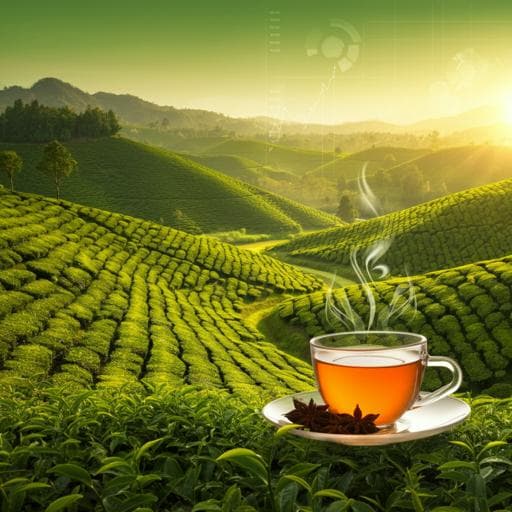
Food Science and Technology
Metabolomics integrated with machine learning to discriminate the geographic origin of Rougui Wuyi rock tea
Y. Peng, C. Zheng, et al.
This innovative study showcases a powerful method that merges metabolomics with machine learning to determine the geographic origin of Wuyi rock tea, boasting over 90% accuracy in results. Discover insights from this cutting-edge research conducted by Yifei Peng, Chao Zheng, Shuang Guo, Fuquan Gao, Xiaxia Wang, Zhenghua Du, Feng Gao, Feng Su, Wenjing Zhang, Xueling Yu, Guoying Liu, Baoshun Liu, Chengjian Wu, Yun Sun, Zhenbiao Yang, Zhilong Hao, and Xiaomin Yu.
~3 min • Beginner • English
Related Publications
Explore these studies to deepen your understanding of the subject.







